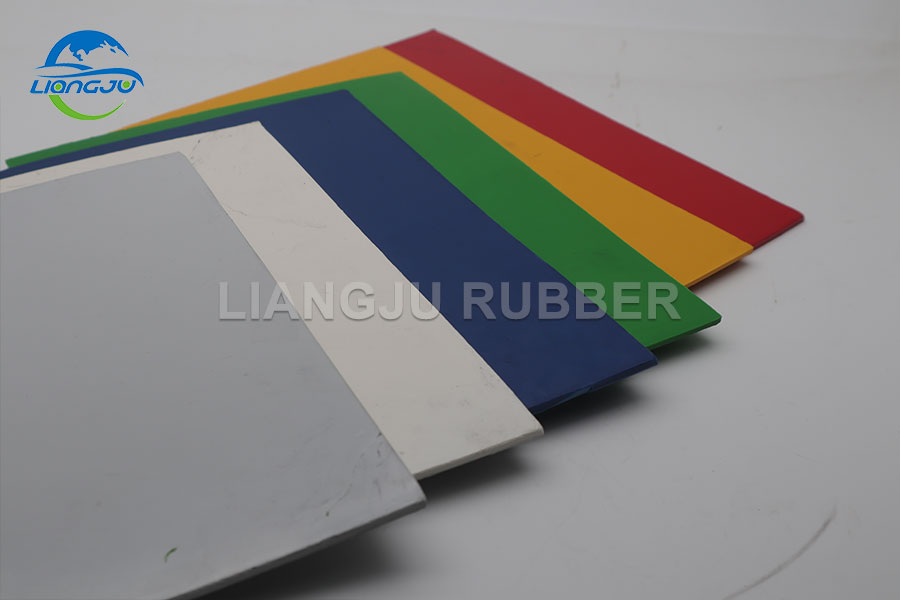Exploring the Essential Additives in NR Rubber Compound Formulations and Their Impact on Product Properties
2024-02-27
Introduction:
Natural Rubber (NR) is a versatile material prized for its exceptional elasticity, resilience, and durability. However, to tailor its properties for specific applications, NR is often compounded with various additives. In this blog, we delve into the common additives used in NR rubber compound formulations and examine how they influence the properties of the final product.
1. Carbon Black:
Carbon black is perhaps the most widely used additive in NR rubber compounds. It serves multiple purposes, including reinforcement, UV protection, and improvement of electrical conductivity. By dispersing carbon black particles within the rubber matrix, tensile strength, abrasion resistance, and tear strength are significantly enhanced. Moreover, carbon black contributes to the thermal stability of NR rubber, making it suitable for high-temperature applications such as tires, conveyor belts, and automotive components.
2. Vulcanizing Agents:
Vulcanizing agents such as sulfur and peroxides play a crucial role in the vulcanization process, which imparts cross-linking between polymer chains, leading to improved mechanical properties and dimensional stability. Sulfur vulcanization is the most common method employed in NR rubber compounds, where sulfur atoms form bridges between polymer chains, resulting in increased tensile strength, elongation, and hardness. Peroxide vulcanization offers advantages such as shorter curing times and reduced heat build-up, making it suitable for heat-sensitive applications.
3. Antioxidants:
Antioxidants are added to NR rubber compounds to inhibit degradation caused by exposure to oxygen, ozone, and heat. Hindered phenols and amines are commonly used antioxidants that scavenge free radicals and prevent chain scission and cross-linking reactions. By extending the service life and maintaining the mechanical properties of NR rubber, antioxidants play a critical role in applications exposed to outdoor environments, such as seals, gaskets, and automotive weatherstripping.
4. Plasticizers and Softeners:
Plasticizers and softeners are incorporated into NR rubber compounds to improve flexibility, elongation, and processability. These additives reduce the glass transition temperature of the rubber matrix, resulting in softer and more pliable materials. Phthalates, esters, and oils are commonly used plasticizers that lower the modulus of elasticity and increase the resilience of NR rubber. However, careful selection and dosage of plasticizers are essential to prevent adverse effects on tensile strength, hardness, and compression set.
5. Fillers and Reinforcements:
Fillers such as silica, calcium carbonate, and clay are added to NR rubber compounds to improve mechanical properties, reduce costs, and enhance processability. These fillers increase hardness, stiffness, and abrasion resistance while reducing compound shrinkage and thermal expansion. Moreover, reinforcing agents like silanes and coupling agents facilitate the bonding between filler particles and polymer chains, thereby enhancing tensile strength, tear resistance, and fatigue performance.
Conclusion:
The additives used in NR rubber compound formulations play a critical role in tailoring the properties of the final product to meet specific application requirements. From carbon black for reinforcement to antioxidants for protection against degradation, each additive serves a distinct function in enhancing mechanical performance, durability, and processability. By carefully selecting and optimizing additive compositions, rubber manufacturers can achieve the desired balance of properties, ensuring the reliability and effectiveness of NR rubber compounds across diverse industrial sectors.



